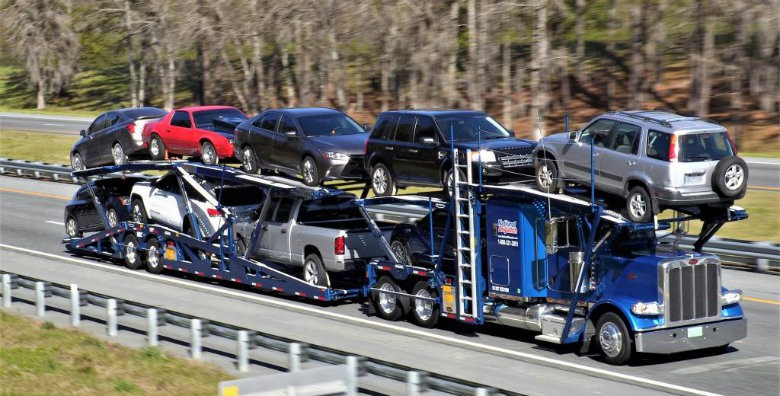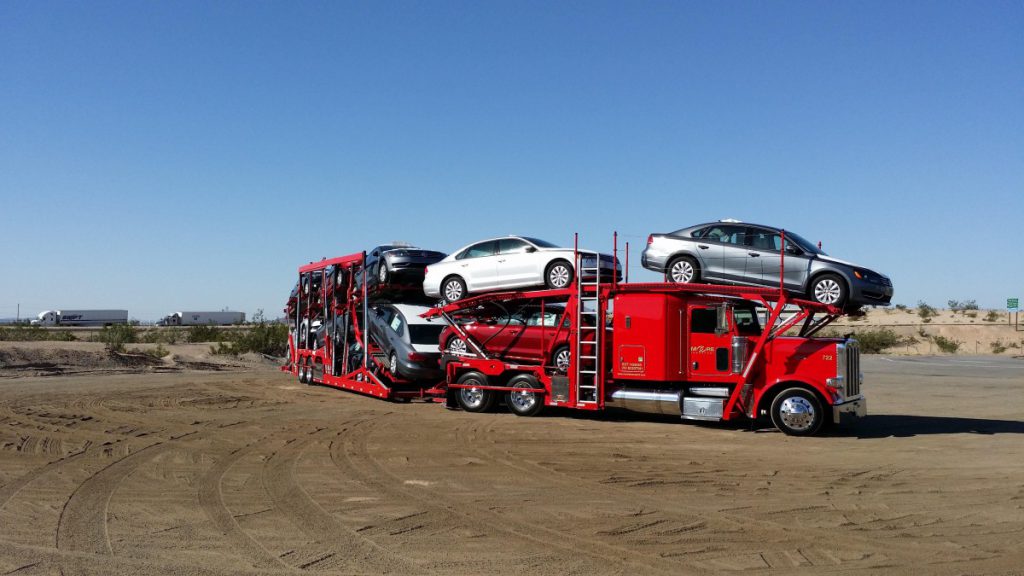Car haulers, this subject already sounds pretty familiar to every motor car carrier that’s thinking long term in the industry. Here are some insights you need to know directly from FMCSA about the ELD rule.
ELD is used by commercial drivers with the requirement to prepare:
- HOS – Hours of service
- RODS – Records of duty status
ELD needs to also be certified and registered with FMCSA, along with having supporting documents for drivers/car carriers required to keep in the truck. So, beginning on December 18, 2017, a driver using an ELD must have an ELD information packet onboard the commercial motor vehicle (CMV).
Speaking about it, an ELD can be on a smartphone or other wireless device if the device meets the ELD rule’s technical specifications. Data Storage: For six months, a motor carrier must keep both the ELD Records of
- hours services data
- a back-up copy of that data on a separate device
The car carrier must ensure that these records are stored securely to protect driver privacy. An ELD automatically records the following data elements at certain intervals:
- date
- time
- location information
- engine hours
- vehicle miles
- identification information for the driver
- authenticated user
- vehicle
- motor carrier
Location data must be recorded by an ELD at 60-minute intervals when the vehicle is in motion, driver powers up and shuts down the engine, change duty status, and indicates personal use or yard moves. Also, keep in mind that an ELD must automatically switch to driving mode once the commercial motor vehicle (CMV) is moving up to a set speed threshold of five miles per hour. As a result, the in-motion state must not be configured greater than five miles per hour. The vehicle will be considered stopped once its speed falls to zero miles per hour and stays at zero miles per hour for three consecutive seconds.
Guess what else?
The ELD must convert automatically captured vehicle position in latitude/longitude coordinates into geo-location information that indicates the approximate distance and direction to an identifiable location corresponding to the name of a nearby city, town, or village, with a State abbreviation.
Engine synchronization CMV – ELD
An ELD must be integrally synchronized with the engine of the commercial motor vehicle (CMV). Engine synchronization means monitoring engine operation to automatically capture the engine power status, vehicle motion status, miles driven, and engine hour
Vehicle performance? Not really.
Yes, the ELD rule allows but does not require, warning or notification to drivers when they are nearing their HOS limits.
Data export from ELD
Since all ELD data file output will be a standard comma-delimited file, a driver may import the data output file into Microsoft Excel, Word notepad, or other common tools. A driver will also be able to access ELD records through a screen display or a printout, depending on the ELD design.
Bluetooth Feature
If the driver is using a “local” ELD with Bluetooth capabilities, the authorized safety official will activate Bluetooth on his or her computing device and the driver will initiate the Bluetooth electronic transfer of the data from the driver’s ELD to the safety official’s computing device. The official will provide a Bluetooth pairing code for the driver to enter into the ELD for the data file transfer. Here’s a cool list you can review – ELD’s Compliant List
The plug-in device to your truck’s ECM communicates the relevant data to software on your smartphone — the software enables the log to work, likewise electronic pre-trip/post trip inspection reports. The ECM plug-in communicates with your smartphone, as with many others, over Bluetooth, and guiding smartphone apps are currently available on both iOS and Android platforms. Administration of the data is done through a web-based software program users create a unique account.
Most ELDs pair an engine-connected relay with another device, often an operator’s smartphone or tablet, hence the common BYOD (Bring Your Own Device) designation. For such devices, some contain a cellular connection within the engine-connected relay, some don’t. For those that don’t, generally, extra costs incurred for data-plan charges on a smartphone are not reflected here.
Just a quick overview for car haulers: We’re covering just new industry information so that every single car hauler out there can read it and get a general idea – for full in-depth explanation of specific cases feel free to visit FMCSA for sure.


